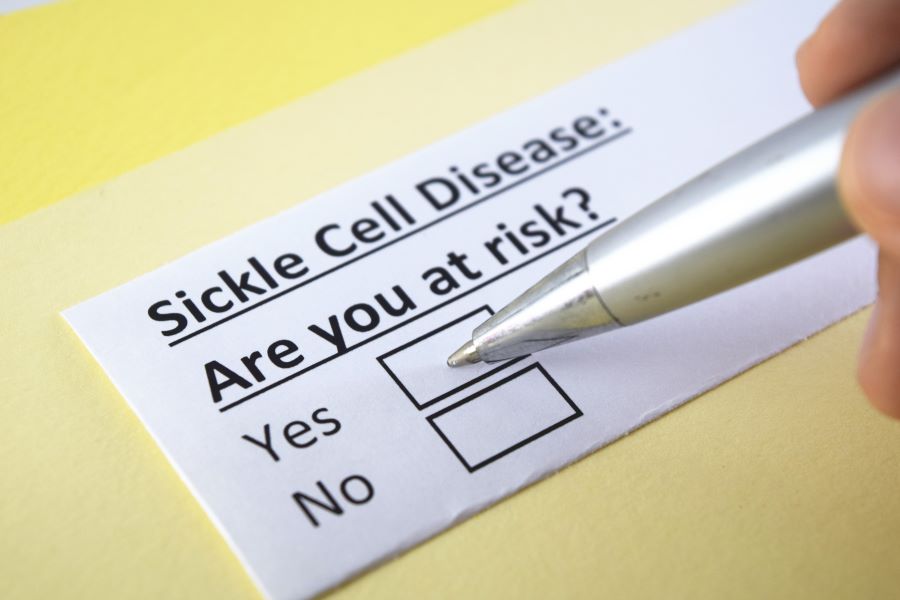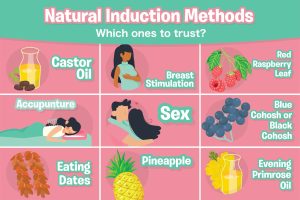How Does Having Sickle Cell Anemia Affect Pregnancy?

Sickle cell anemia is a disorder where a certain type of hemoglobin — a compound found in red blood cells that is responsible for helping transport oxygen — is abnormally formed. This changes the shape of a person’s red blood cells from a circular shape to a sickle shape, hence the name sickle cell anemia. These cells are not as good at transporting oxygen. They can also block blood vessels because of their abnormal shape and cause organ damage.
Sickle cell anemia is a genetic disorder, which means it is passed down from parent to child. It is autosomal recessive, meaning both parents have to either have sickle cell anemia or be carriers of it to have a baby who also has the disorder. How common sickle cell anemia is varied by ethnicity. One in 12 African Americans are carriers for the disease (that is, they have one mutated gene but don’t have the full-blown disease, so they are fine but can have a child with sickle cell anemia if their partner is also a carrier), with Greeks and Italians also at high risk.
Women who are pregnant and have sickle cell anemia are considered to have high-risk pregnancies because we know sickle cell anemia can complicate pregnancies in multiple ways. Women with sickle cell anemia have an increased risk of:
- Preterm labor
- PPROM
- Miscarriage and stillbirth
- Infections after delivery
- Having a baby affected by growth restriction or low birth weight
Sickle cell anemia can also lead to painful episodes known as pain crises. This is when stress placed on the body (such as pain, stress, cold temperature, or dehydration) leads to an acute episode of pain in the patient. This usually needs to be treated in the hospital with pain medications and oxygen. Labor pain can definitely cause a pain crisis, which is why most women with sickle cell anemia are advised to have an epidural as soon as their labor starts.
Some doctors will recommend that women with sickle cell anemia undergo a few extra tests to monitor their developing babies. These can include extra ultrasounds to monitor the baby’s growth, as well as monitoring of the baby’s heart rate starting in the third trimester to make sure the baby is doing well. Evidence for these practices is limited, however.
Pregnant women with sickle cell anemia should be sure to take an increased amount of folic acid both while trying to conceive and throughout pregnancy. The recommended dose is 4 mg a day, whereas women without this disorder only need 1 mg daily. This extra folate helps to support the increased red blood cell production that people with sickle cell anemia have.
Luckily a woman can be tested with a simple blood test before she is pregnant to find out if she is a carrier of sickle cell anemia. If she is, her partner can be tested, too. If he is not a carrier, it is impossible for the unborn baby to have sickle cell anemia. If he is a carrier, an amniocentesis or similar test can be done to know for sure if the baby is affected.
Sources:
- The American College of Obstetricians and Gynecologists
- Practice Bulletin #78: Hemoglobinopathies in pregnancy
- January 2007.
Powered by Bundoo®










